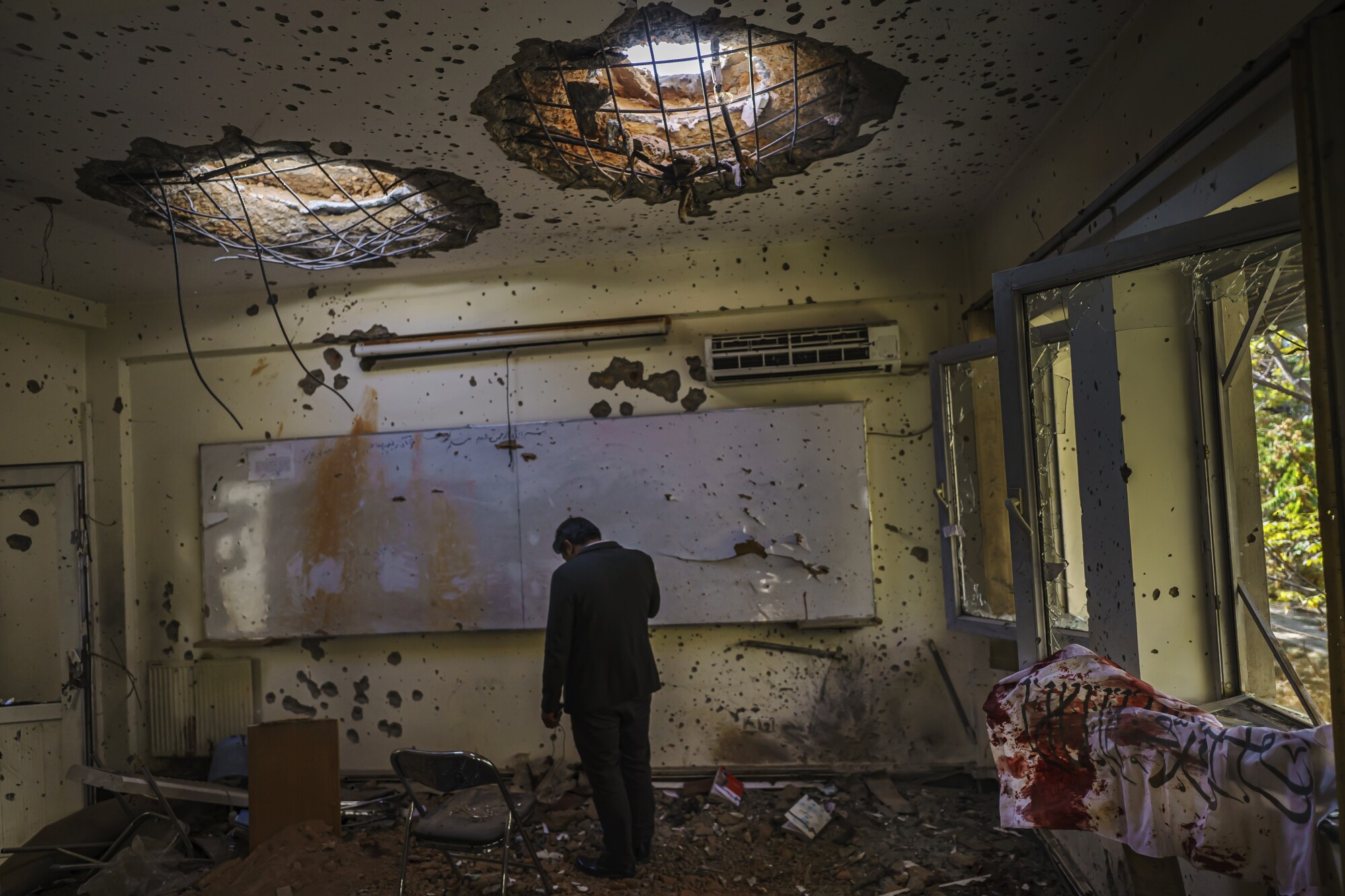Shivshankar Menon

This article is the third of a three-part series on the past, present and future of India-China relations.
On the border itself, China now seems happy with the new status quo and argues for a return to business as usual. Whether India is satisfied with the changed situation, or will continue to insist on the restoration of the status quo as it was before April 2020 is not entirely clear from the government of India’s public statements (they have not said they won’t, but they haven’t said they will either in recent press and joint statements, eg. Wang Yi-Jaishankar in Moscow, etc.). In any case, the Line of Actual Control (LAC) has now been militarised and called into question all along the line, and this is a new military reality that will have to deal with.
India-China relations have been reset to a new normal. There is no going back to what they were, to the surface calm that prevailed before 2020 or the coexistence before 2012. Political relations will now be more adversarial, antagonistic, and contentious. Although theoretically, India-China relations could see a new modus vivendi after the crisis, as they did after the Sumdorungchu/Wangdong crisis in 1986-88, this seems unlikely with authoritarian strongmen in power in both countries; troop buildups on the border, aroused public opinion, and differences are out in the open.














